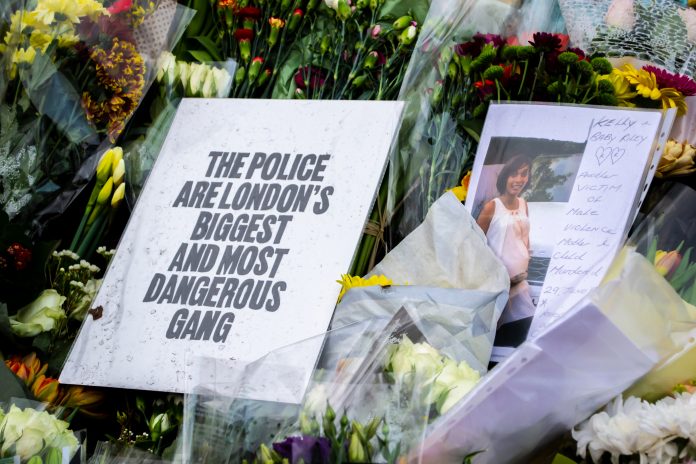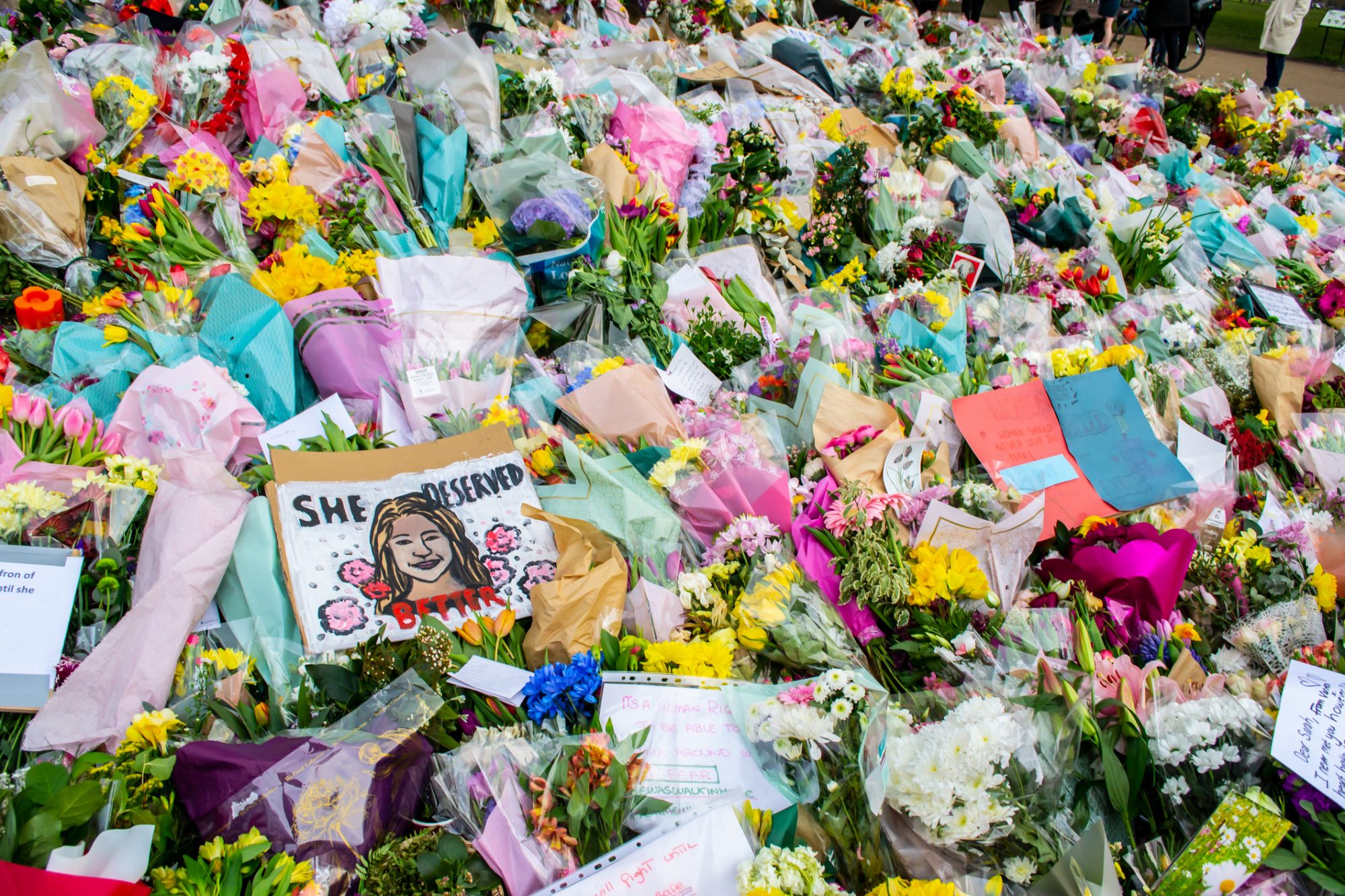
A report by Femicide Census, an organisation that documents the murders of women, found that one woman is killed every three days in the UK – now, the rate of murder shows “no signs of reducing”
Today (30 September), Wayne Couzens has been found guilty of raping, kidnapping and murdering Sarah Everard. While he has been given a whole-life sentence for his crimes in March, meaning no chance at applying for parole in the future, his sentencing is tragically unique. Recently, Sabina Nessa was murdered as she walked five minutes to meet her friend.
The murder suspect is currently believed to be a complete stranger.
A culture of harming and murdering women continues to flourish in 2021, as policy-interventions, a lack of funding for services and the police fail to change this reality. Right now, only 1.6% of rape charges in the UK result in a conviction, and one woman is killed every three days by a man.
The report by Femicide Census documents a ten year span in the UK, from 2009 to 2018.
Jill Radford, Author of Femicide: the politics of woman killing (1992) and Professor Emerita, University of Teesside, said the Femicide Census report found: “No evidence of any fall in the numbers of femicides in this period.”
What is femicide?
Femicide is the killing of a woman or girl by a man, because of her gender.
While misogyny is an accepted issue in general discussions, formally, it is difficult to prove that femicide happens and exists. Women like Sarah are murdered because of male entitlement over their bodies and lives, a type of thinking that is embedded in contemporary society. The experience of trauma, often dismissed as a normal part of life for women, can leave a biological imprint so deep that a pregnant woman can change the brain structure of her unborn baby.
Yet victims are often blamed for their own attacks, with observers asking questions about bright clothing, choice of route home or how the woman responded to initial signs of danger.
Intimate partner violence is the leading cause of death
Professor Radford said the findings emphasised the blame-game that plays out after women are killed by men. She said: “It did highlight the persistence of women-blaming myths like: the home being a safe haven for women; children needing fathers; pornography being harmless, and how men continue to endanger the lives of women and children.”
But home is not a place that exists outside of the horrors of reality.
The report found that intimate partner violence was the leading cause of death, followed by son-mother domestic violence and then killings that were sexually motivated.
The necessary lockdown conditions of COVID created an undercurrent of domestic violence. In a study looking at women living in abusive conditions, researchers found that the presence of violence meant a higher likelihood of catching the virus.
Professor Krish Nirantharakumar at the University of Birmingham’s Institute of Applied Health Research, explained that there was an: “upsurge in coercive behaviour of the perpetrators to control survivors.”
This included “purposeful exposure to COVID-19” as a coercive behaviour. When it comes to these individuals seeking help, it can be incredibly hard to risk violence to get it.

“Cuts to welfare” created less ways to stop femicides
The data also points out that austerity measures deprived funding from crucial services which help women to escape abusive environments. The report said: “Cuts to welfare, women’s refuges and support services, policing, criminal justice and other key state agencies – have no doubt created a very challenging context for prevention of femicides.”
According to the analysis, a loss of funding disproportionately impacted women, especially ethnic minority women – depriving them of access to shelters, safety and escape from violence.
like if “a group of misogynists in a room” had made new policies.
In fact, The UN Special Rapporteur on extreme poverty and human rights, Professor Philip Alston, described a package of UK welfare cuts like if “a group of misogynists in a room” had made new policies.
96% of women doubt police would handle reported incident
A YouGov survey carried out by UN Women UK found that 96% of women and girls are doubtful about police ability to handle incidents of sexual harassment. Around 45% of the women who would not report sexual harassment in the UK say that it is because nothing would really change.

The police officer who killed Sarah Everard was also the suspect in two allegations of flashing – a sexually charged crime, in which a person exposes themselves to a stranger in public. In connection to how 97% of women and girls in the UK have experienced sexual harassment, these stats become immensely foreboding.
There is a stark link between incidents like flashing, and fully-realised crimes like a calculated murder.
But the question remains unanswered – what will the UK Government do to dismantle this cycle of gender-based violence? And will it be implemented soon enough to work?










